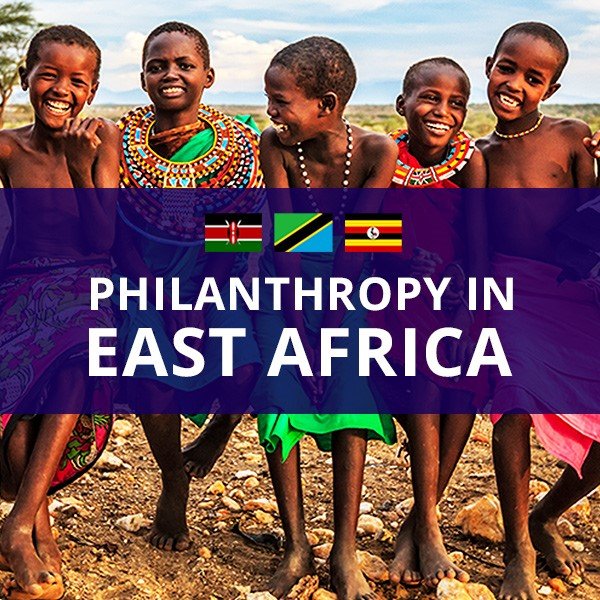The East Africa Philanthropy Network (EAPN) seeks to enhance the knowledge base and promote best practices for organized philanthropy. This will be realized by investing in research and innovation, documentation, and dissemination, and offering capacity strengthening support to EAPN members and other philanthropy actors. EAPN recognizes the need for relevant data as a basis of effective monitoring, reporting, and coordinating philanthropy efforts in the ever-changing landscape of institutionalized philanthropy in East Africa.
The African Philanthropy sector is thriving. The long and deep roots of solidarity and traditional giving (manifest as Ubuntu in Southern Africa and Harambee in East Africa and many other forms of solidarity) have significantly evolved from its fragmented and largely informal nature to an organized shape practiced in different forms.
The growing organized trend in philanthropy has been associated with the existence of, and responses to, poverty, injustice and inequality, and the nature of African societies’ integration into the wider world. The continent’s systemic and structural challenges that have led to high inequalities, reduced public social spending, fragile peace, high levels of food insecurity and poverty, and other problems have necessitated philanthropy actors to fill in the gap.
In East Africa, domestic philanthropy is scaling up because of the continued social cohesion among communities, growing wealth among the middle-income households and High-Net-worth Individuals within the region. Currently, the region houses more than 30 billionaires, many of whom have established significant philanthropies.
Unlike the previous years; commonly practiced individual giving, communities, families, High Net worth Individuals, and corporations are moving away from ‘chequebook philanthropy’ to more effective, structured, and professionalized ways of deploying capital for social good.
In the wake of the COVID 19, EAPN commissioned a study that sought to establish the Impact and Implications of COVID-19 for Philanthropy work in East Africa. The purpose of the research was to identify emerging trends, practices and adaptations that have been occasioned by COVID-19 in the philanthropy sector, and the lessons thereof.
Concerning sources of funding, the research revealed that the number of philanthropy actors receiving resources from local sources, increased, while those receiving funds from international sources declined in 2020 compared to the year before. This implies a closing of the gap between international and local funding sources.
The sources with the most growth were - own generated resources at 46.6%, followed by individual and community giving at 42.9% each, and government at 32.1%. There was on the other hand a decline in number of recipients of multilateral agencies, International NGOs, and Foundations/ Trusts by 4.5%, 4.5% and 3.6% respectively. Similarly, those receiving support from individual givers dropped by 7.1%, possibly due to people holding back resources due to related uncertainties
More than any other region in Africa, East Africa’s advancement in philanthropy and promotion of e-philanthropy has transformed the region’s giving channels. The region’s progress in mobile money used as a tool to donate has tremendously increased giving.
Mobile money has opened doors for people of lesser means to contribute to the discourse compared to traditional giving vehicles. The region’s growing internet connectivity has removed logistical limitations in philanthropy, leading to a shift in how individuals and institutions participate in philanthropy.


